A Comprehensive Guide to LTC6952IUKG#TRPBF Clock Generator by Linear Technology/Analog Devices
Linear Technology/Analog Devices
Clock Generator, Fanout Buffer (Distribution) Clock Generators 52-WFQFN Exposed Pad Surface Mount 3.15V~3.45V Tape & Reel (TR)









Clock Generator, Fanout Buffer (Distribution) Clock Generators 52-WFQFN Exposed Pad Surface Mount 3.15V~3.45V Tape & Reel (TR)
This article delves into the LTC6952IUKG#TRPBF Clock Generator by Linear Technology/Analog Devices, a high-performance clock generator suitable for a wide range of applications. We will explore its features, applications, reference designs, alternative parts, and frequently asked questions to provide a thorough understanding of this product.
Product Introduction
1. Description:
The LTC6952IUKG#TRPBF is a clock generator and fanout buffer (distribution) device designed by Linear Technology/Analog Devices. It operates with a voltage supply range of 3.15V to 3.45V and supports output in CML format. With a maximum frequency of 4.5GHz, this device is capable of delivering high-performance clock signals for various applications. The LTC6952IUKG#TRPBF features a differential input, a 1:11 input to output ratio, and includes a built-in PLL for frequency synthesis.
2. Features:
- High-frequency operation up to 4.5GHz
- Differential input and output for noise immunity
- Integrated PLL for frequency synthesis
- Wide voltage supply range of 3.15V to 3.45V
- Compact 52-WFQFN package with exposed pad for efficient heat dissipation
- RoHS3 compliant for environmental sustainability
3. Applications:
Primary Applications:
- Telecommunications: Clock synchronization in communication systems
- Data Centers: Clock distribution for networking equipment
- Test and Measurement: Precision timing for test equipment
Secondary Applications:
- Aerospace and Defense: Radar systems, avionics, and satellite communication
- Industrial Automation: Timing and synchronization in industrial control systems
Applicable Specific Modules:
- Clock distribution in FPGA-based systems
- Timing solutions for high-speed data converters
4. Reference Designs:
The LTC6952IUKG#TRPBF Clock Generator is commonly used in the following reference designs:
- High-Speed Data Converter Clocking
- RF Synthesizer Applications
- Precision Timing for Test and Measurement Equipment
5. Alternative Parts:
For users looking for alternative options, the following parts can be considered:
- LTC6950: Clock generator with integrated VCO
- LTC6953: Clock fanout buffer with dual outputs
- LTC6957: Clock generator with JESD204B support
6. FAQs:
Q: What is the maximum frequency supported by the LTC6952IUKG#TRPBF?
A: The LTC6952IUKG#TRPBF can operate at frequencies up to 4.5GHz, making it suitable for high-speed applications.
Q: Does the LTC6952IUKG#TRPBF support differential input and output?
A: Yes, this device features both a differential input and output, ensuring noise immunity and signal integrity.
Q: Can the LTC6952IUKG#TRPBF be used in industrial applications?
A: Yes, the LTC6952IUKG#TRPBF is suitable for industrial automation, providing precise timing and synchronization in control systems.
In conclusion, the LTC6952IUKG#TRPBF Clock Generator by Linear Technology/Analog Devices offers high performance, flexibility, and reliability for a variety of applications. With its advanced features, wide frequency range, and compact package, this device is a versatile solution for demanding timing requirements in modern electronic systems.
Specifications
- TypeParameter
- Factory Lead Time16 Weeks
- Mounting Type
The "Mounting Type" in electronic components refers to the method used to attach or connect a component to a circuit board or other substrate, such as through-hole, surface-mount, or panel mount.
Surface Mount - Package / Case
refers to the protective housing that encases an electronic component, providing mechanical support, electrical connections, and thermal management.
52-WFQFN Exposed Pad - Frequency(Max)4.5GHz
- Operating Temperature
The operating temperature is the range of ambient temperature within which a power supply, or any other electrical equipment, operate in. This ranges from a minimum operating temperature, to a peak or maximum operating temperature, outside which, the power supply may fail.
-40°C~125°C - Packaging
Semiconductor package is a carrier / shell used to contain and cover one or more semiconductor components or integrated circuits. The material of the shell can be metal, plastic, glass or ceramic.
Tape & Reel (TR) - Part Status
Parts can have many statuses as they progress through the configuration, analysis, review, and approval stages.
Active - Moisture Sensitivity Level (MSL)
Moisture Sensitivity Level (MSL) is a standardized rating that indicates the susceptibility of electronic components, particularly semiconductors, to moisture-induced damage during storage and the soldering process, defining the allowable exposure time to ambient conditions before they require special handling or baking to prevent failures
1 (Unlimited) - TypeClock Generator, Fanout Buffer (Distribution)
- Voltage - Supply
Voltage - Supply refers to the range of voltage levels that an electronic component or circuit is designed to operate with. It indicates the minimum and maximum supply voltage that can be applied for the device to function properly. Providing supply voltages outside this range can lead to malfunction, damage, or reduced performance. This parameter is critical for ensuring compatibility between different components in a circuit.
3.15V~3.45V - Output
In electronic components, the parameter "Output" typically refers to the signal or data that is produced by the component and sent to another part of the circuit or system. The output can be in the form of voltage, current, frequency, or any other measurable quantity depending on the specific component. The output of a component is often crucial in determining its functionality and how it interacts with other components in the circuit. Understanding the output characteristics of electronic components is essential for designing and troubleshooting electronic circuits effectively.
CML - Number of Circuits1
- Input
In electronic components, "Input" refers to the signal or data that is provided to a device or system for processing or manipulation. It is the information or command that is received by the component to initiate a specific function or operation. The input can come from various sources such as sensors, other electronic devices, or user interactions. It is crucial for the proper functioning of the component as it determines how the device will respond or behave based on the input received. Understanding and managing the input parameters is essential in designing and using electronic components effectively.
Differential - Ratio - Input:Output
The parameter "Ratio - Input:Output" in electronic components refers to the relationship between the input and output quantities of a device or system. It is a measure of how the input signal or energy is transformed or converted into the output signal or energy. This ratio is often expressed as a numerical value or percentage, indicating the efficiency or effectiveness of the component in converting the input to the desired output. A higher ratio typically signifies better performance or higher efficiency, while a lower ratio may indicate losses or inefficiencies in the conversion process. Understanding and optimizing the input-output ratio is crucial in designing and evaluating electronic components for various applications.
1:11 - PLL
PLL stands for Phase-Locked Loop, which is a control system that generates an output signal whose phase is related to the phase of an input signal. It is commonly used in electronic components to synchronize, modulate, demodulate, filter, or recover a signal's frequency. A PLL typically consists of a phase detector, a loop filter, a voltage-controlled oscillator (VCO), and a feedback circuit. The PLL locks the phase of the output signal to the phase of the input signal, making it a versatile tool in various applications such as frequency synthesis, clock recovery, and frequency modulation.
Yes - Differential - Input:Output
Differential - Input:Output refers to the relationship between the input and output signals in differential amplifiers or circuits. It measures the difference in voltage between two input terminals and produces an output that is proportional to this difference. This parameter is essential for noise rejection and improving signal integrity in various applications, such as operational amplifiers and data acquisition systems. It allows circuits to effectively amplify small signals while minimizing interference and common-mode noise.
Yes/Yes - Divider/Multiplier
The parameter "Divider/Multiplier" in electronic components refers to a feature that allows the component to divide or multiply an input signal by a certain factor. This feature is commonly found in components such as operational amplifiers, voltage regulators, and signal processing circuits. In the context of operational amplifiers, the Divider/Multiplier parameter indicates the ability of the amplifier to scale the input signal by a specific factor, either dividing it or multiplying it. This can be useful for adjusting the amplitude or gain of a signal in a circuit.Overall, the Divider/Multiplier parameter provides flexibility in signal processing applications by allowing users to manipulate the input signal according to their specific requirements, whether it involves scaling down the signal for further processing or amplifying it for increased output.
Yes/No - RoHS Status
RoHS means “Restriction of Certain Hazardous Substances” in the “Hazardous Substances Directive” in electrical and electronic equipment.
ROHS3 Compliant
Parts with Similar Specs
Datasheet PDF
- Datasheets :
- Simulation Models :
 74HC04 Hex Inverter: Pinout, Circuit and Datasheet
74HC04 Hex Inverter: Pinout, Circuit and Datasheet24 August 202115855
 AD9856ASTZ IC Upconverter: Specification, Pinout, Datasheet
AD9856ASTZ IC Upconverter: Specification, Pinout, Datasheet14 August 2024339
 MOC3063 Zero-Cross Optoisolator: Equivalent, Datasheet and MOC3063 vs. MOC3042
MOC3063 Zero-Cross Optoisolator: Equivalent, Datasheet and MOC3063 vs. MOC304224 April 20226285
 1N5401 Standard Recovery Rectifier: Datasheet, Schematics and Equivalents
1N5401 Standard Recovery Rectifier: Datasheet, Schematics and Equivalents25 September 20216044
 Exploring the Microchip PIC18F66J50 Microcontroller: A Comprehensive Technical Analysis
Exploring the Microchip PIC18F66J50 Microcontroller: A Comprehensive Technical Analysis29 February 202484
 1N4007 Rectifier Diode: Pinout, Datasheet, and Applications
1N4007 Rectifier Diode: Pinout, Datasheet, and Applications30 July 202135994
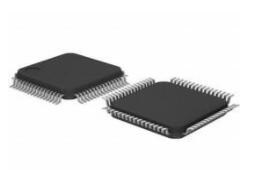 AD7768 Analog-to-Digital Converter (ADC): AD7768 Arduino, Datasheet, Pinout
AD7768 Analog-to-Digital Converter (ADC): AD7768 Arduino, Datasheet, Pinout18 January 20224795
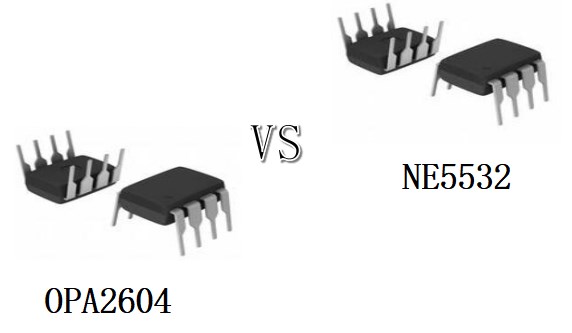 OPA2604 VS NE5532 How to differentiate them?
OPA2604 VS NE5532 How to differentiate them?14 April 202210713
 The Introduction to QFN Package
The Introduction to QFN Package15 October 20256301
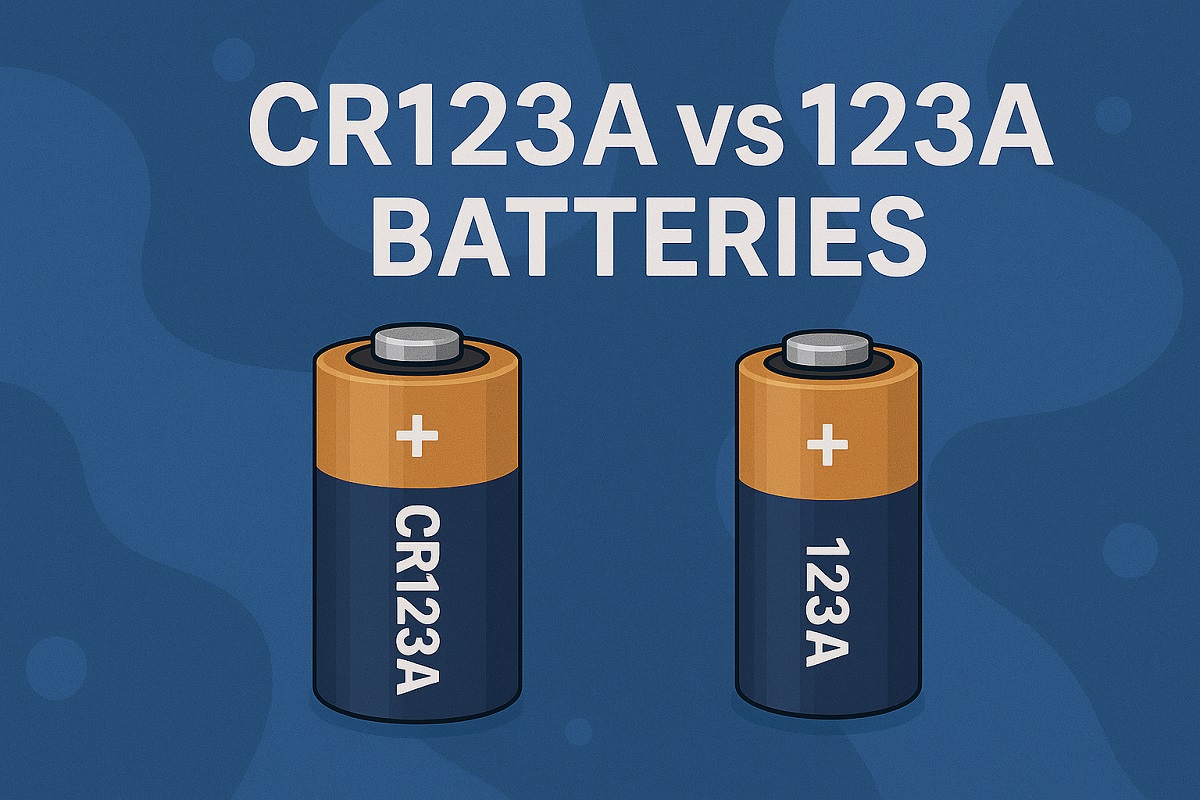 CR123A vs 123A Batteries Explained for 2025
CR123A vs 123A Batteries Explained for 202527 May 20251552
 What Determines the Maximum Operating Frequency of a Diode?
What Determines the Maximum Operating Frequency of a Diode?29 June 202211313
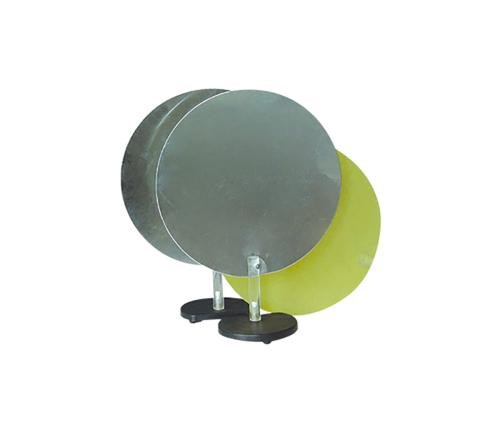 Parallel Plate Capacitor: Features, Working Principle and Applications
Parallel Plate Capacitor: Features, Working Principle and Applications30 January 20217233
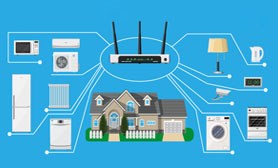 What is Power over Ethernet(PoE)?
What is Power over Ethernet(PoE)?01 December 20212437
 Types, Structure, and Packages of Integrated Circuits
Types, Structure, and Packages of Integrated Circuits23 October 202511725
 What is an Electromagnetic Relay?
What is an Electromagnetic Relay?13 October 20209474
 What is a Monostable Multivibrator?
What is a Monostable Multivibrator?16 January 20215662
Linear Technology/Analog Devices
In Stock
United States
China
Canada
Japan
Russia
Germany
United Kingdom
Singapore
Italy
Hong Kong(China)
Taiwan(China)
France
Korea
Mexico
Netherlands
Malaysia
Austria
Spain
Switzerland
Poland
Thailand
Vietnam
India
United Arab Emirates
Afghanistan
Åland Islands
Albania
Algeria
American Samoa
Andorra
Angola
Anguilla
Antigua & Barbuda
Argentina
Armenia
Aruba
Australia
Azerbaijan
Bahamas
Bahrain
Bangladesh
Barbados
Belarus
Belgium
Belize
Benin
Bermuda
Bhutan
Bolivia
Bonaire, Sint Eustatius and Saba
Bosnia & Herzegovina
Botswana
Brazil
British Indian Ocean Territory
British Virgin Islands
Brunei
Bulgaria
Burkina Faso
Burundi
Cabo Verde
Cambodia
Cameroon
Cayman Islands
Central African Republic
Chad
Chile
Christmas Island
Cocos (Keeling) Islands
Colombia
Comoros
Congo
Congo (DRC)
Cook Islands
Costa Rica
Côte d’Ivoire
Croatia
Cuba
Curaçao
Cyprus
Czechia
Denmark
Djibouti
Dominica
Dominican Republic
Ecuador
Egypt
El Salvador
Equatorial Guinea
Eritrea
Estonia
Eswatini
Ethiopia
Falkland Islands
Faroe Islands
Fiji
Finland
French Guiana
French Polynesia
Gabon
Gambia
Georgia
Ghana
Gibraltar
Greece
Greenland
Grenada
Guadeloupe
Guam
Guatemala
Guernsey
Guinea
Guinea-Bissau
Guyana
Haiti
Honduras
Hungary
Iceland
Indonesia
Iran
Iraq
Ireland
Isle of Man
Israel
Jamaica
Jersey
Jordan
Kazakhstan
Kenya
Kiribati
Kosovo
Kuwait
Kyrgyzstan
Laos
Latvia
Lebanon
Lesotho
Liberia
Libya
Liechtenstein
Lithuania
Luxembourg
Macao(China)
Madagascar
Malawi
Maldives
Mali
Malta
Marshall Islands
Martinique
Mauritania
Mauritius
Mayotte
Micronesia
Moldova
Monaco
Mongolia
Montenegro
Montserrat
Morocco
Mozambique
Myanmar
Namibia
Nauru
Nepal
New Caledonia
New Zealand
Nicaragua
Niger
Nigeria
Niue
Norfolk Island
North Korea
North Macedonia
Northern Mariana Islands
Norway
Oman
Pakistan
Palau
Palestinian Authority
Panama
Papua New Guinea
Paraguay
Peru
Philippines
Pitcairn Islands
Portugal
Puerto Rico
Qatar
Réunion
Romania
Rwanda
Samoa
San Marino
São Tomé & Príncipe
Saudi Arabia
Senegal
Serbia
Seychelles
Sierra Leone
Sint Maarten
Slovakia
Slovenia
Solomon Islands
Somalia
South Africa
South Sudan
Sri Lanka
St Helena, Ascension, Tristan da Cunha
St. Barthélemy
St. Kitts & Nevis
St. Lucia
St. Martin
St. Pierre & Miquelon
St. Vincent & Grenadines
Sudan
Suriname
Svalbard & Jan Mayen
Sweden
Syria
Tajikistan
Tanzania
Timor-Leste
Togo
Tokelau
Tonga
Trinidad & Tobago
Tunisia
Turkey
Turkmenistan
Turks & Caicos Islands
Tuvalu
U.S. Outlying Islands
U.S. Virgin Islands
Uganda
Ukraine
Uruguay
Uzbekistan
Vanuatu
Vatican City
Venezuela
Wallis & Futuna
Yemen
Zambia
Zimbabwe










